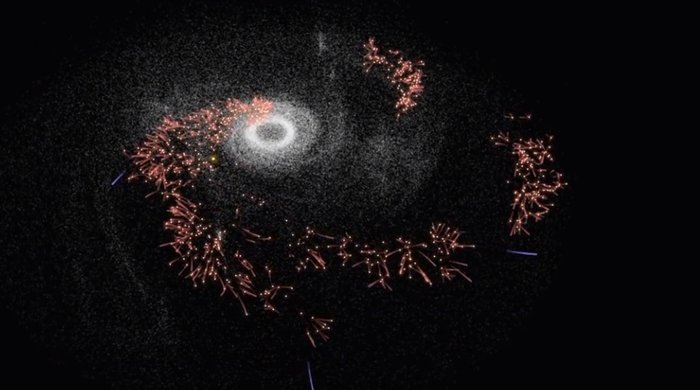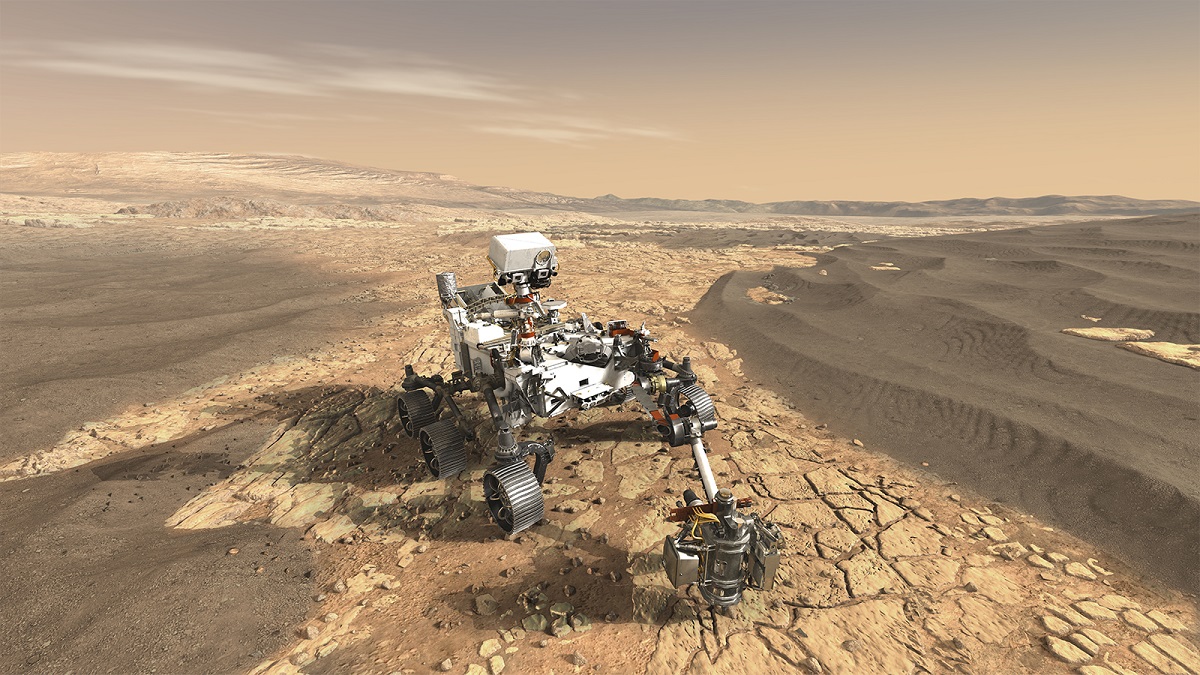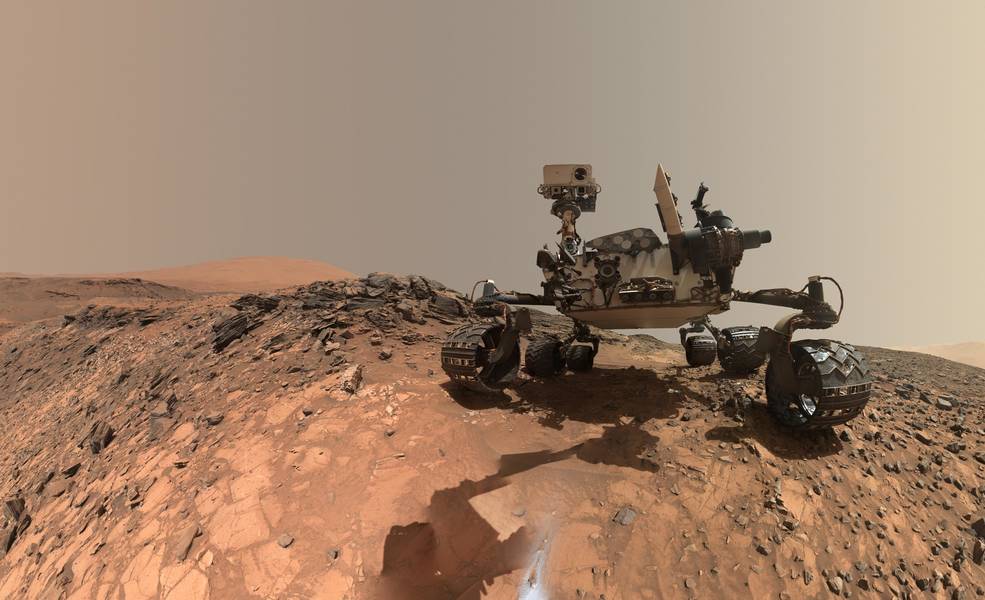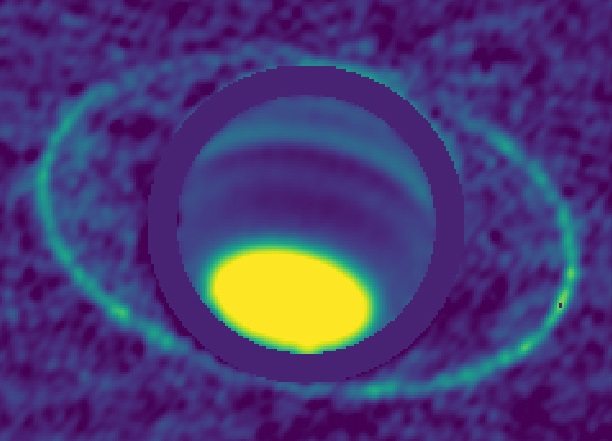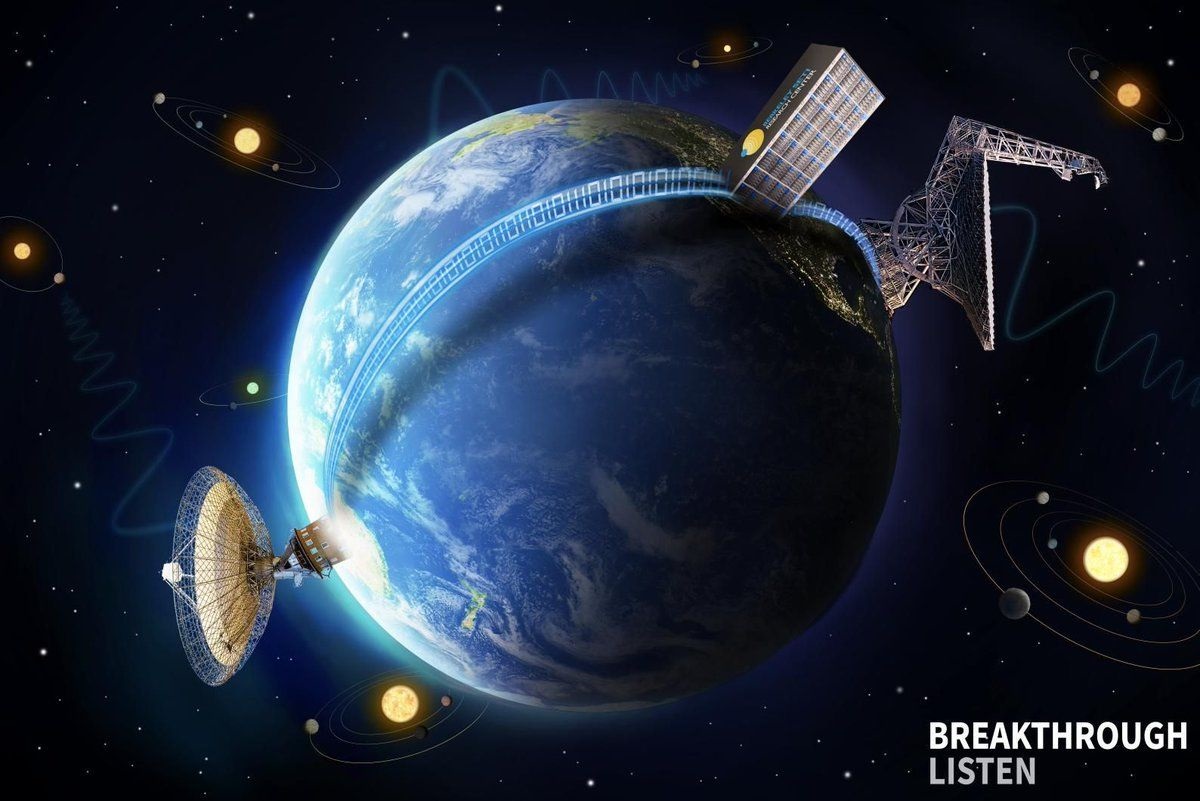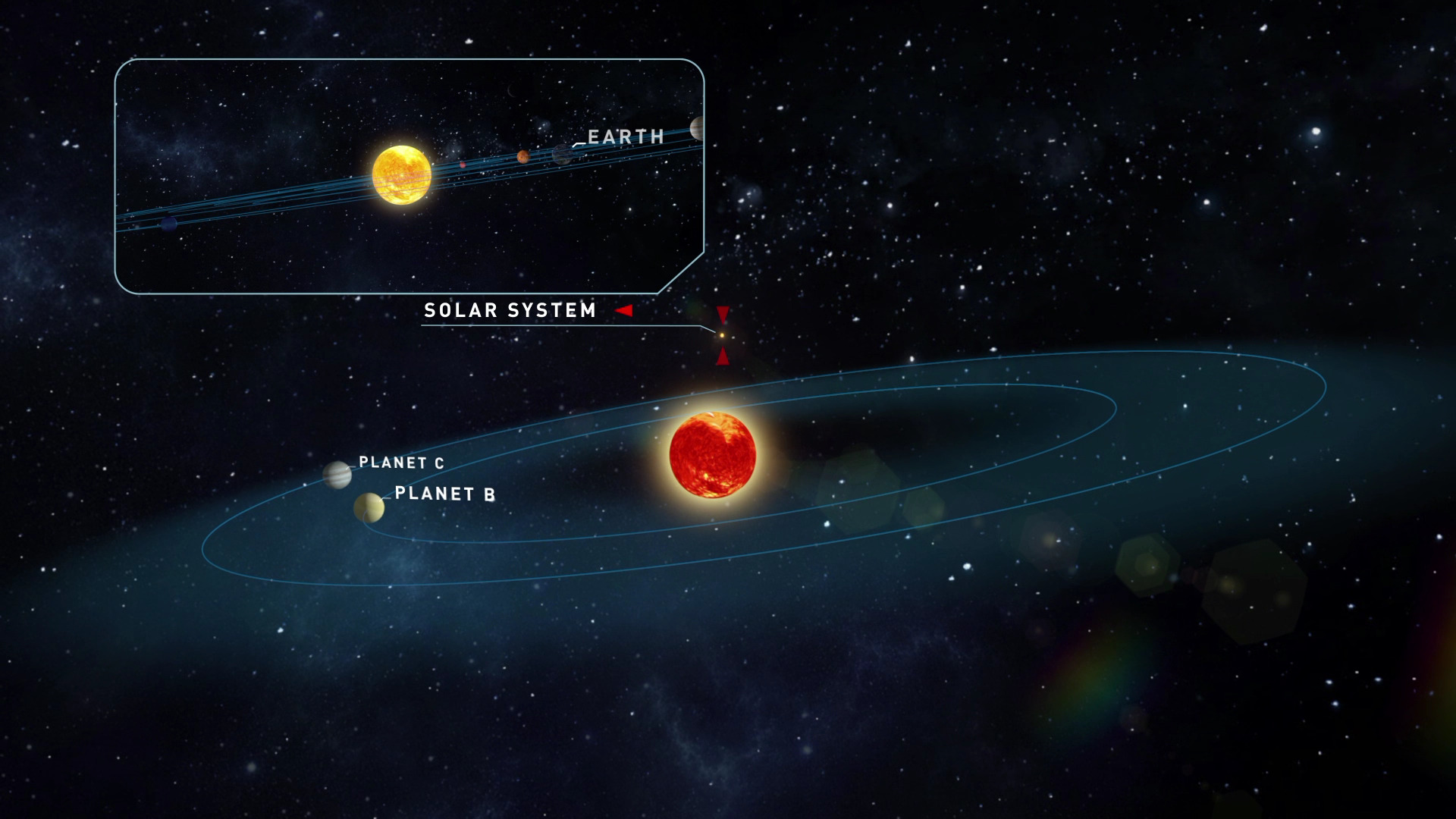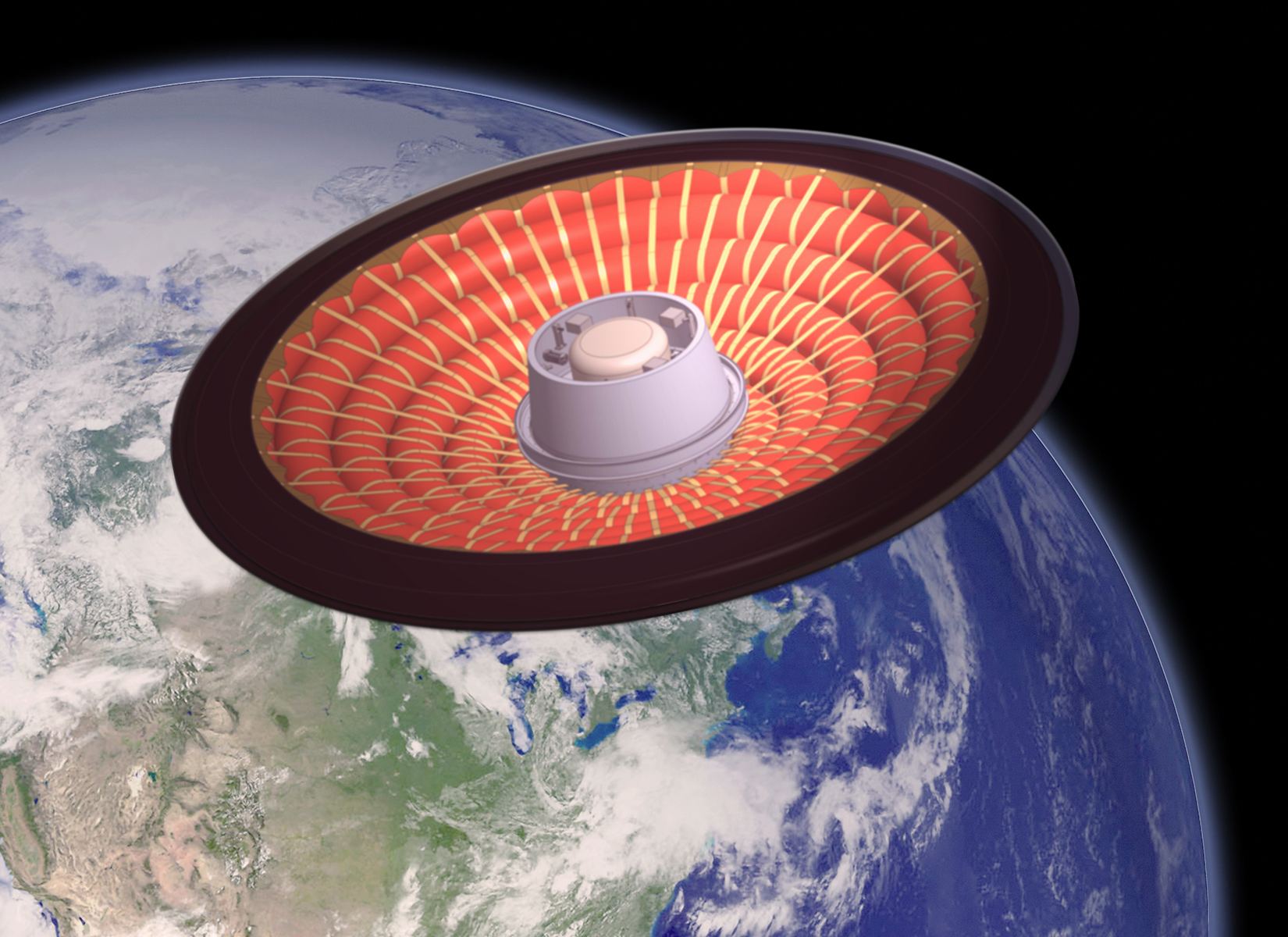
You couldn’t order up a geekier solar eclipse from the cosmos. Next Tuesday on July 2nd, the second of three eclipse seasons begins for 2019, with the only total solar eclipse of the year spanning the southern tip of South America, including the nations of Chile and Argentina. As an extra-special part of the spectacle, however, the path of totality for the eclipse passes right over the La Silla observatory complex in the Atacama Desert.
Continue reading “Our Complete Guide to the July 2019 Total Solar Eclipse”

